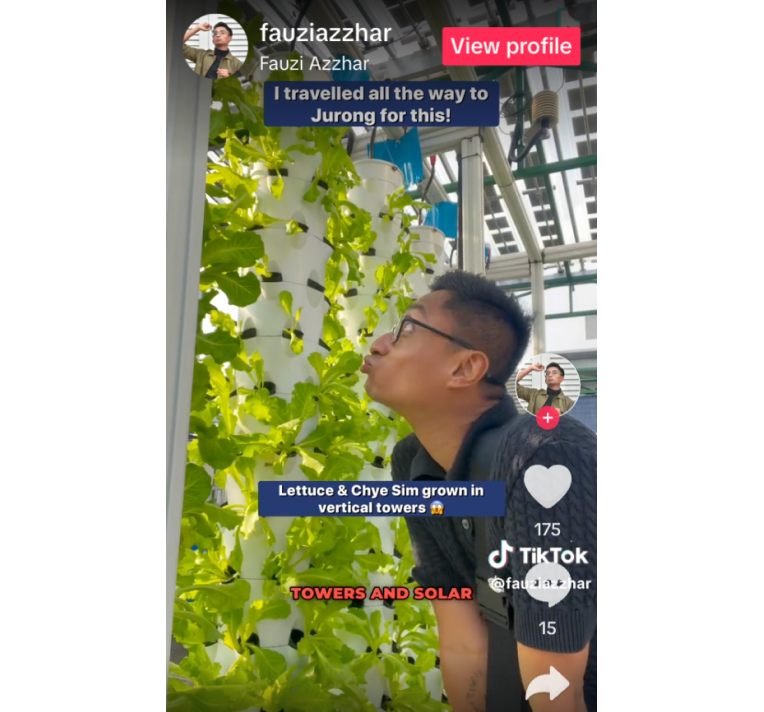On this page

Celebrate with us on 26 April, World IP Day!
Innovation and intellectual property (IP) play an important role in enabling us to achieve the Sustainable Development Goals (SDGs), and build a better, more sustainable future for all.
Together with our partners, we have put together a series of stories, from both industry and community, to showcase how innovation and IP has enabled our efforts towards the SDGs.
What are the Sustainable Development Goals (SDGs)?
The Sustainable Development Goals (SDGs), were adopted by the United Nations as a global call to protect the planet, and build a better, more sustainable future for all.
The 17 Goals include aims to build resilient infrastructure and industries, promote sustainable cities, and foster innovation. All goals are integrated with one another, recognising that action in one area will affect outcomes in others, and that development must balance social, economic and environmental sustainability.
World IP Day Celebratory Note (26 April)

By Mr K Shanmugam SC
Minister for Home Affairs and Minister For Law
Mr K Shanmugam SC joins our World IP Day celebrations and penned his hopes for Singapore's innovation and IP journey to a better, more sustainable future.
See the full note
World IP Day Message From WIPO
This World IP Day, World Intellectual Property Organization (WIPO) Director General Daren Tang highlights how intellectual property can catalyse and fuel innovation to help tackle pressing global issues.
IP-Centric Studies & Resources

Singapore Green Trade Marks Study - Preliminary Findings
In the Singapore Green Trade Marks study, IP activity is used to track innovation performance to examine the trends in green trade mark filings in Singapore to understand our progress in green- or sustainability-related innovation. Taking reference from the EUIPO Green Trade Marks Study, it also examines the distribution of the filings to identify the product groups and categories that companies are most active in.

Southeast Asia Patent Landscape Report
With six out of every seven patent applications coming from entities outside SE Asia, Singapore is in a position to support the growing market in sustainability. The SE Asia Patent Landscape Report explores the record high of 54,000 patent applications in SE Asia in 2022, particularly in key sustainability areas such as digital technologies that improve connectivity, and enhance urban efficiency.

TIP (Tech Insights through Patents) for Green Technologies
Developed by IPOS International with support from the Ministry of Sustainability and the Environment (MSE) and the Building and Construction Authority (BCA), TIP makes patent data readily accessible to inform business decisions. Its interactive dashboards provide insights from broad global technology trends to organisational-level activity, helping businesses to identify potential industry partners and refine their research & development or licensing strategies.
Celebrating With Our Community
Innovation Highlights






















